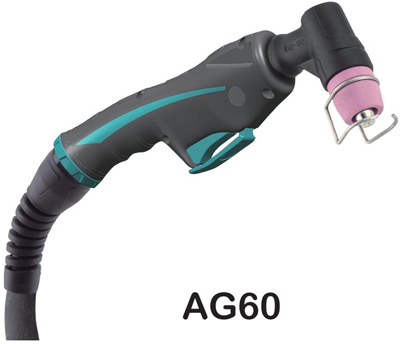Plasma welding is a high-temperature welding process that uses a plasma arc to melt and fuse metals together. The plasma arc is created by ionizing gas molecules to form a high-energy plasma, which is then directed through a nozzle onto the workpiece. The intense heat of the plasma arc melts the metal, creating a weld pool that solidifies to form a strong bond between the two pieces.
The temperature of a plasma welding torch can vary depending on a number of factors, such as the type of gas used, the flow rate of the gas, the current level, and the distance between the nozzle and the workpiece. In general, the temperature of a plasma welding torch can range from several thousand degrees Celsius to over 20,000 degrees Celsius.
One of the key factors that affects the temperature of a plasma welding torch is the type of gas used. Plasma welding torches can be fueled by a variety of gases, including argon, hydrogen, nitrogen, helium, and mixtures of these gases. The choice of gas will depend on the specific welding application and the desired properties of the finished weld.
Argon is the most commonly used gas for plasma welding, as it provides a stable and predictable arc with good control over the heat input. Argon plasma arcs typically have temperatures in the range of 10,000 to 20,000 degrees Celsius.

Plasma Torch
Hydrogen is another gas that can be used for plasma welding, and it has the advantage of producing a highly localized and intense arc. However, hydrogen plasma arcs can be difficult to control and can produce excessive heat, which can lead to distortion or even melting of the workpiece. Hydrogen plasma arcs can reach temperatures of up to 25,000 degrees Celsius.
Nitrogen is another gas that can be used for plasma welding, and it is often used in applications where a clean and precise weld is required. Nitrogen plasma arcs typically have temperatures in the range of 7,000 to 12,000 degrees Celsius.
Helium is also used in plasma welding, although it is less common than argon or hydrogen. Helium plasma arcs can reach temperatures of up to 30,000 degrees Celsius, making them suitable for high-temperature welding applications.
In addition to the type of gas used, the flow rate of the gas can also affect the temperature of the plasma arc. A higher gas flow rate will typically result in a cooler arc, while a lower gas flow rate will result in a hotter arc. This is because the gas helps to dissipate the heat from the plasma arc, so a higher flow rate will lead to more cooling.
The current level used in the plasma welding process can also affect the temperature of the arc. A higher current will produce a hotter arc, while a lower current will produce a cooler arc. However, it is important to maintain a balance between the heat input and the size of the weld pool, as excessive heat can lead to distortion or melting of the workpiece.
Finally, the distance between the nozzle and the workpiece can also affect the temperature of the plasma arc. A shorter distance will result in a hotter arc, while a longer distance will result in a cooler arc. This is because the plasma arc becomes more diffuse as it travels away from the nozzle, so a shorter distance will result in more concentrated heat.
In conclusion, the temperature of a plasma welding torch can vary widely depending on a number of factors, including the type of gas used, the flow rate of the gas, the current level, and the distance between the nozzle and the workpiece. In general, plasma welding torches can reach temperatures of several thousand degrees Celsius to over 20,000 degrees Celsius, depending on the specific welding application and the desired properties of the finished weld.






